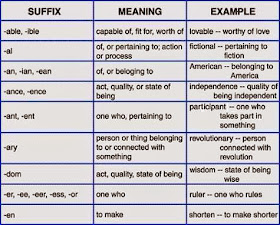The Simpsons is an American animated television sitcom created by Matt Groening for the Fox Broadcasting Company. The series is a satirical parody of a middle class American lifestyle epitomized by its eponymous family, which consists of Homer, Marge, Bart, Lisa, and Maggie. The show is set in the fictional city of Springfield, and lampoons American culture, society, television and many aspects of the human condition.
The family was conceived by Groening shortly before a pitch for a series of animated shorts with the producer James L. Brooks. Groening created a dysfunctional family and named the characters after members of his own family, substituting Bart for his own name. The shorts became a part of The Tracey Ullman Show on April 19, 1987. After a three-season run, the sketch was developed into a half-hour prime time show and was an early hit for Fox.
Since its debut on December 17, 1989 the show has broadcast 449 episodes and the twenty-first season began airing on September 27, 2009.The Simpsons Movie, a feature-length film, was released in theaters worldwide on July 26 and July 27, 2007, and grossed US$527 million worldwide.
The Simpsons has won dozens of awards since it debuted as a series, including 25 Primetime Emmy Awards, 26 Annie Awards and a Peabody Award. Time magazine's December 31, 1999 issue named it the 20th century's best television series, and on January 14, 2000 the Simpson family was awarded a star on the Hollywood Walk of Fame. The Simpsons is the longest-running American sitcom, the longest-running American animated program, and in 2009 it became the longest American primetime entertainment series, and have influenced many adult-oriented animated sitcoms.
The family was conceived by Groening shortly before a pitch for a series of animated shorts with the producer James L. Brooks. Groening created a dysfunctional family and named the characters after members of his own family, substituting Bart for his own name. The shorts became a part of The Tracey Ullman Show on April 19, 1987. After a three-season run, the sketch was developed into a half-hour prime time show and was an early hit for Fox.
Since its debut on December 17, 1989 the show has broadcast 449 episodes and the twenty-first season began airing on September 27, 2009.The Simpsons Movie, a feature-length film, was released in theaters worldwide on July 26 and July 27, 2007, and grossed US$527 million worldwide.
The Simpsons has won dozens of awards since it debuted as a series, including 25 Primetime Emmy Awards, 26 Annie Awards and a Peabody Award. Time magazine's December 31, 1999 issue named it the 20th century's best television series, and on January 14, 2000 the Simpson family was awarded a star on the Hollywood Walk of Fame. The Simpsons is the longest-running American sitcom, the longest-running American animated program, and in 2009 it became the longest American primetime entertainment series, and have influenced many adult-oriented animated sitcoms.





































